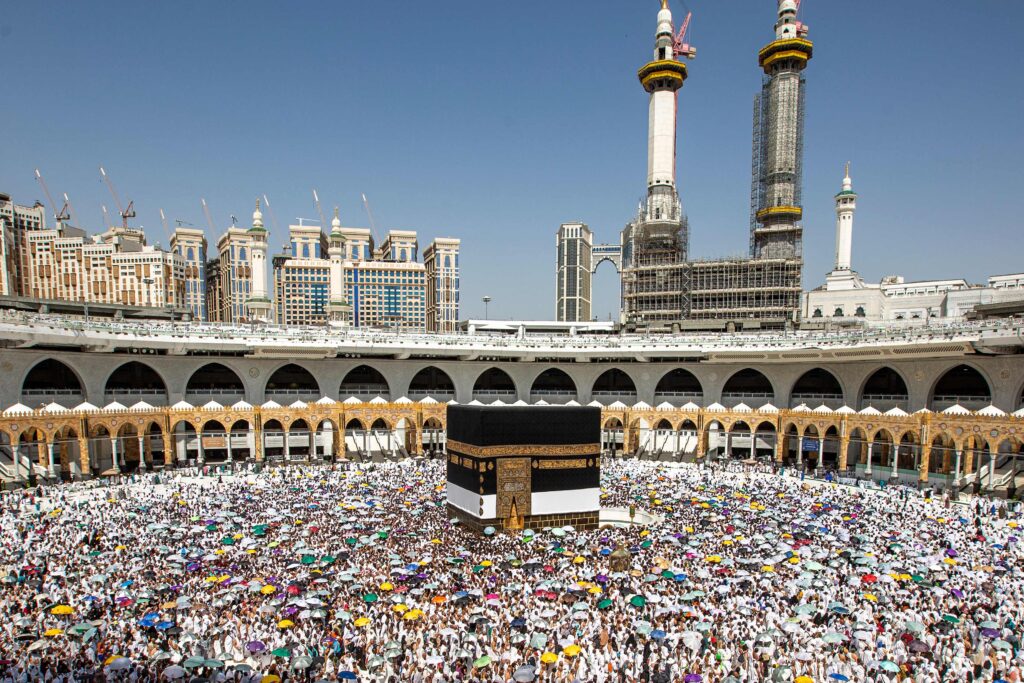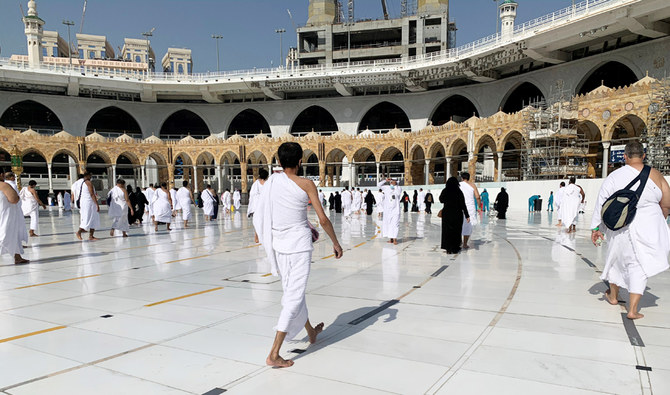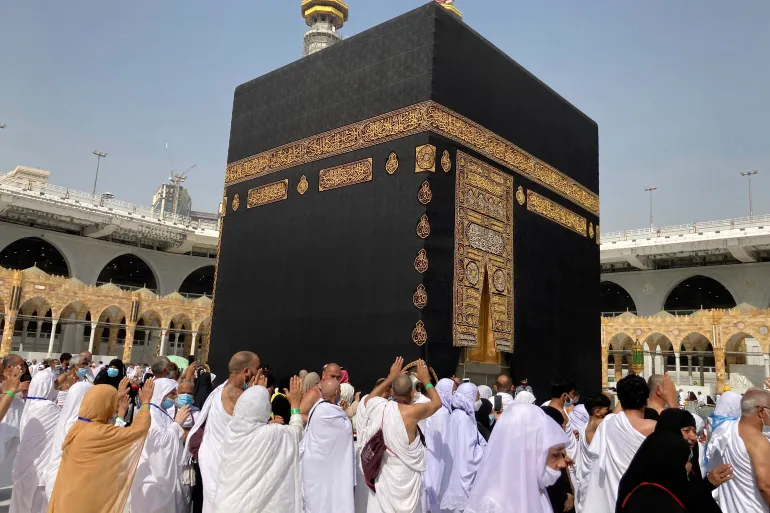The Five Pillars of Islam: Hajj Explained

Islam is one of the world’s major religions, and it has a rich set of beliefs and practices. One of the most important practices in Islam is the Hajj, one of the Five Pillars of Islam. In this blog post, we will explore the significance of Hajj and provide an overview of the pilgrimage to Mecca. We will also mention some top Hajj companies and operators that help facilitate this sacred journey.
What is Hajj?
Hajj, pronounced “haj,” is the fifth and final pillar of Islam. It is a pilgrimage to the holy city of Mecca, which every Muslim who is physically and financially able must undertake at least once in their lifetime. Hajj is considered one of the most significant acts of worship in Islam and holds deep spiritual and cultural significance for Muslims around the world.
The Hajj Journey
The Hajj pilgrimage typically takes place during the Islamic month of Dhul-Hijjah, which falls in the last month of the Islamic lunar calendar. The journey to Mecca involves a series of rituals and activities that symbolize various aspects of Islamic faith and history.

Ihram: Pilgrims wear special white garments called Ihram before entering Mecca. This signifies a state of purity and equality among all pilgrims, regardless of their social or economic status.
Tawaf: Upon reaching the Kaaba (the sacred black cube in the center of the Masjid al-Haram), pilgrims perform Tawaf, which involves circumambulating the Kaaba seven times in a counterclockwise direction, while reciting prayers and supplications.
Sa’i: Pilgrims walk briskly seven times between the hills of Safa and Marwah. This act commemorates Hagar’s search for water for her son, Isma’il, according to Islamic tradition.
Standing at Arafat: One of the most crucial parts of Hajj is the standing at the plain of Arafat. It is here that Muslims believe Prophet Muhammad delivered his Farewell Sermon. Pilgrims spend the day in prayer and supplication, seeking forgiveness for their sins.

Stoning the Devil: Pilgrims symbolically stone the Devil by throwing pebbles at three pillars in the city of Mina. This act represents the rejection of evil temptations and the willingness to obey God’s commands.
Sacrifice: On the Eid al-Adha holiday, pilgrims offer an animal sacrifice, symbolizing the willingness to give up something precious for the sake of God. Read also this article:
Conclusion
Hajj is a deeply spiritual journey that brings millions of Muslims from all corners of the world together in the sacred city of Mecca. It symbolizes unity, equality, and submission to the will of Allah. As one of the Five Pillars of Islam, Hajj is a fundamental obligation for every eligible Muslim. To make this journey more manageable, many Muslims opt for reputable Hajj companies and operators like Universal Brothers etc. These organizations play a crucial role in ensuring a safe and spiritually enriching Hajj experience for pilgrims. So dont wait for the last minute, as plan your Hajj Tour Today and let the God adds own willness!







